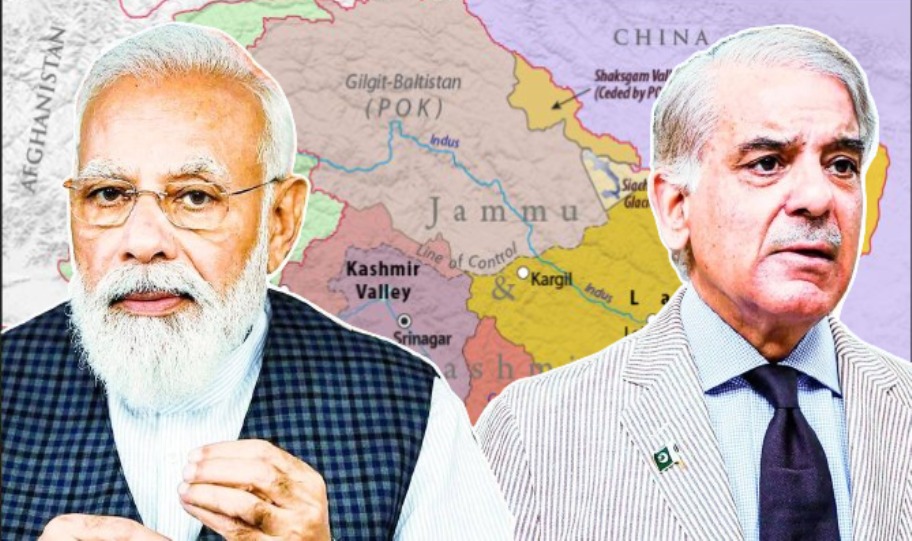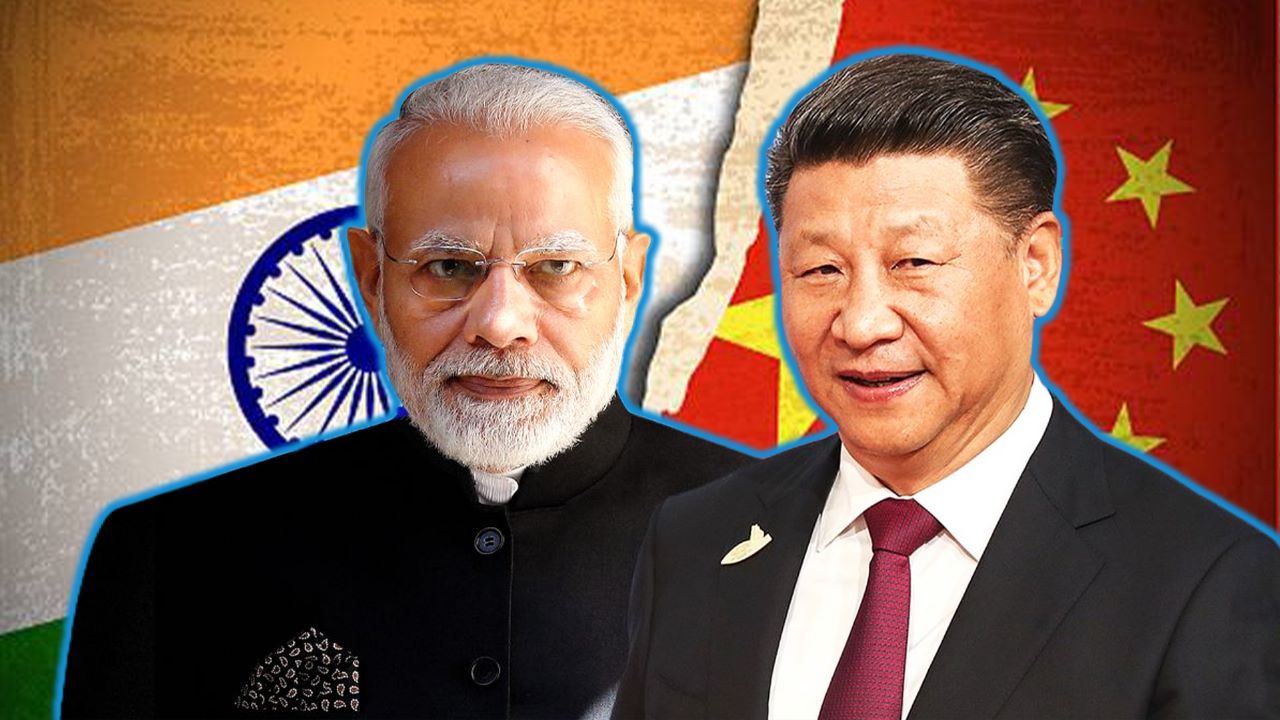From 2021 till date, Pakistan-sponsored terrorists have made no fewer than 26 cross-border attacks on the Indian army or police posts. From June 9 to 11, there were four terrorist attacks in the Jammu region. The most significant attack was on a bus carrying pilgrims from Shiv Khori in the Reasi district.
Pakistan has added new dimensions to its terror modules for Jammu & Kashmir. First, it has shifted the field of operation from Kashmir to the Jammu Division, with Poonch, Rajouri, Kathua, Doda, and Reasi as the targeted locations.
Secondly, there is a new element in their guerrilla tactics: it involves using caves and deep crevices in dense forests as hiding places. Arms, ammunition, edibles, clothes, medicine, etc, are dumped in advance in these undisclosed caves to which the terrorists have access through local guides.
After attacking security forces or a police patrol party, they return to these caves without being detected. Security forces have to deploy helicopters and drones to locate the elusive terrorists.
The third and rather alarming tactical change is the selection of a new and hitherto unknown route for the terrorists to sneak into the Indian side. China is reported to have dug a tunnel somewhere in Lipa Valley that joins the Kashmir border with the Karakoram Highway. The Pakistan-sponsored terrorists are now using this secret route to move to the border locale to dump arms, ammunition, and other war material.
The fourth tactical change is that the new generation of terrorists are far better trained in guerilla fighting tactics and are provided with China-made ultra-modern weapons, communication devices, bullets, and hand grenades.
What is significant is that China is now directly involved in the Indo-Pak dispute over Kashmir, and it is not only moral support that Pakistan gets from China but also arms and ammunition. A big and dangerous conspiracy has been hatched by the two adversaries in tandem to bleed India with a thousand cuts.
Unfortunately, the National Democratic Alliance (NDA) has been trapped by its blunders, like harping on India’s determination to take back Pakistan Occupied Jammu and Kashmir (PoJK — an official document of the NDA government referred to Pakistan Occupied Kashmir [PoK] as PoJK) and Gilgit-Baltistan (GB) with the plea that these areas belong to India according to the instrument of accession signed by the Maharaja of Kashmir. Does any member of the world community accept that Pakistan-held Kashmir belongs to Kashmir? They argue that once India accepted a ceasefire in J&K in 1948, it indirectly accepted that Pakistan was a party to the dispute.
In 1994, the Indian Parliament passed a unanimous resolution asserting that PoJK was a part of the Indian Union, which had the will and capacity to take it back. Nearly 30 years have passed since that resolution was adopted.
Not a single attempt was made by India to retake it. Merely warning Pakistan to vacate PoJK and return the territory to India — the legal owner — was a crude joke played on the Indian nation.
The Indian Parliament’s resolution has gone into the dustbin because India has not shown the will or the power to take back the territory. During the past three or four decades, Islamabad has brought structural, juridical, and administrative changes in the part of J&K under its illegal occupation. Except for issuing a ‘paper tiger’ warning, India has never done anything that would show it means business in PoJK.
Clear signals were sent from time to time. The grapevine has it that during the six-month-long Kashmir talks between the two foreign ministers (Sardar Swarn Singh of India and ZA Bhutto of Pakistan), they agreed in their penultimate meeting to bifurcate the Valley and make the Wular Lake the watershed. But in the final meeting, in which even an MoU was drafted, Bhutto retracted, and the entire plan ended in a fiasco.
Again, the grapevine has it that it was Bakhshi Ghulam Muhammad, then Chief Minister of J&K, who saved Kashmir from the nefarious design of partition. He is alleged to have sent a secret message to Bhutto that “when Pakistan was in a position to grab the entire J&K, why was he settling for only half of it?”.

This was the rumour that was doing the rounds in political circles at that time in Kashmir. The same Bakhshi Ghulam Muhammad was ignominiously sacked by Pandit Jawaharlal Nehru in 1962. I have always said that the day Bakhshi was dismissed was the day Kashmir cancer took its roots.
The plan may have ended in a fiasco. However, it left a lasting impression on the Pakistani rulers that India was aware of its weakness in Kashmir, and they never missed an opportunity to exploit that.
Again, in May 1964, Pandit Jawaharlal Nehru entrusted Sheikh Abdullah to go to Pakistan and offer the formula of a Confederation of Three States: India, Pakistan, and J&K.
Pakistan’s Ayub Khan rejected the idea outright. The Sheikh traveled to Muzaffarabad, the capital of Pakistan-occupied Kashmir, to garner the support of the Azad Kashmir leadership. But before he began his mission, he received the news of Nehru’s demise, and he had to return to India. Nothing was heard of the Confederation proposal after that.
The conclusion drawn by Kashmir experts in Pakistan was that Nehru had acknowledged J&K as a disputed matter.
Today, the ground situation is that China has changed its earlier stand on Kashmir, and the two countries should resolve it bilaterally. Beijing now openly supports Pakistan’s stand. This support is not due to any love for Pakistan but for its interest in using the illegally occupied Aksai Chin and Shaksgam to construct a road and railway that connects with Lhasa.
China is constructing tunnels and bunkers along the Karakoram Highway, potentially enabling Pakistani terror organizations to transport men and materials for conducting terrorist attacks in Kashmir.

Destabilization of India in Kashmir is now Beijing’s priority ever since the Indian top political leadership began doling out warnings to Pakistan that it had finalized plans for retaking the Pakistan-occupied part of J&K. These hollow warnings were directed more towards China than Pakistan. In retaliation, China not only encouraged the Pakistan army to reinforce its border security with heavy military deployment but also provided it with moral support in conducting terrorist forays into the Indian part of Jammu and Kashmir.
The Pakistani Prime Minister was on a 4-day-long visit to Beijing, where he held meetings with President Xi. While Pakistan’s sagging economy was the important subject they discussed, an equally important and urgent issue was the security of PoK and Gilgit-Baltistan in the background of the relentless threats from India.
For nearly six months in the past, the people of PoK have been on the streets with multitudes protesting against Islamabad’s hegemony and suppression of the rights of the people. They have demanded nothing less than separation from Pakistan and re-union with the original state of the Maharaja of J&K.
In his recent talks with the Chinese President, the Pakistani Prime Minister is believed to have told Xi that if India succeeded in retaking PoK, it would mean the end of the Karakoram Highway and the blockade of Aksaichin and Shaksgam under China’s illegal occupation. This would change the entire geostrategic chemistry of Central and South Asia.
It is debatable whether India will choose to retake PoK despite the expected resistance from the China-Pakistan alliance. However, India needs to focus on the vicious Sino-Pak axis.
This is the moment when India, playing its most crucial role as the defender of the world’s largest democracy, shuns all inhibitions and comes out openly in diplomatic, moral, and material support of the freedom struggles underway in the South Asian region– particularly in her neighborhood.
- Prof. KN Pandita (Padma Shri) is the former director of the Center of Central Asian Studies at Kashmir University.
- This article contains the author’s personal views and does not represent EurAsian Times’ policies/views/opinions in any way.
- The author can be reached at knp627 (at) gmail.com




